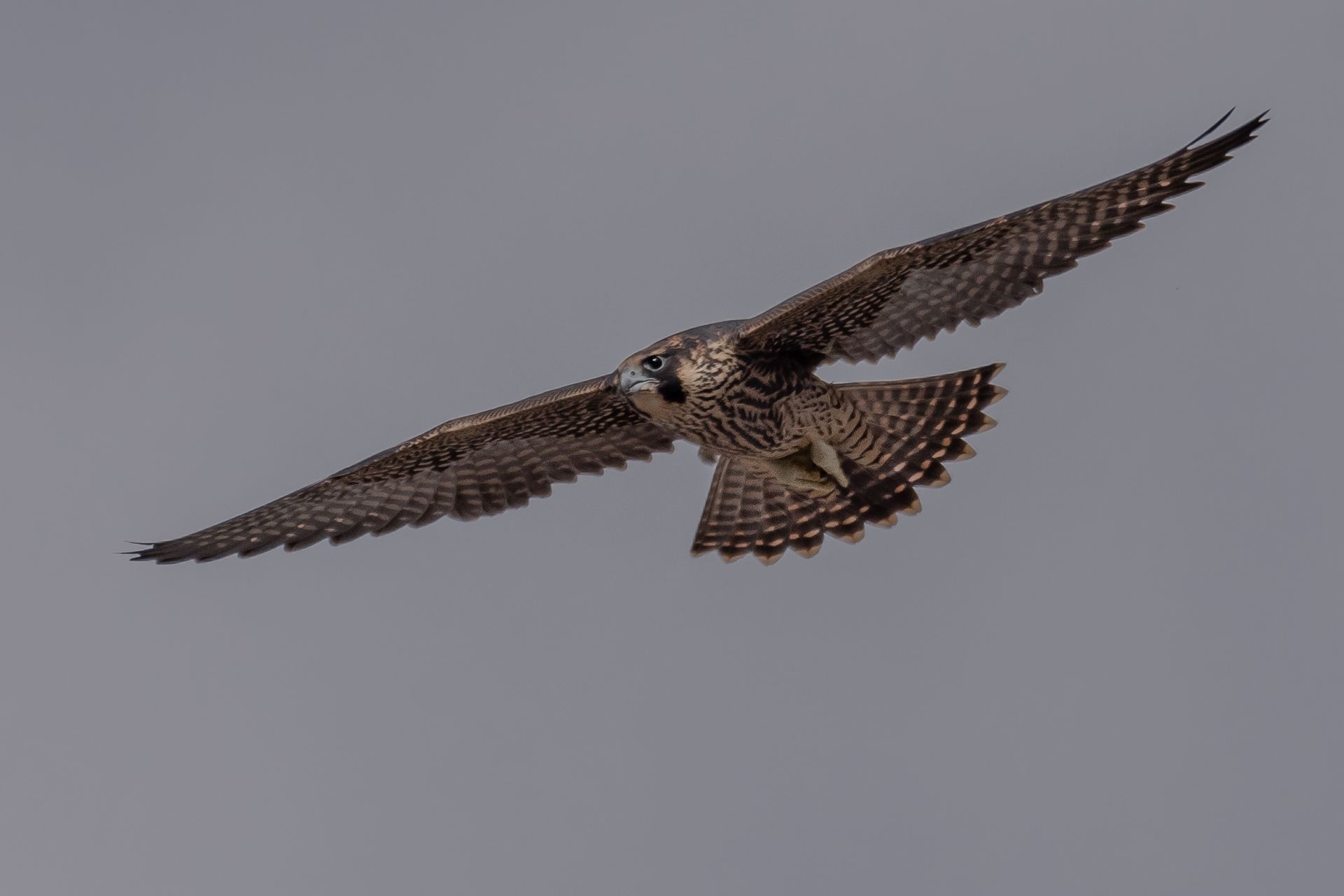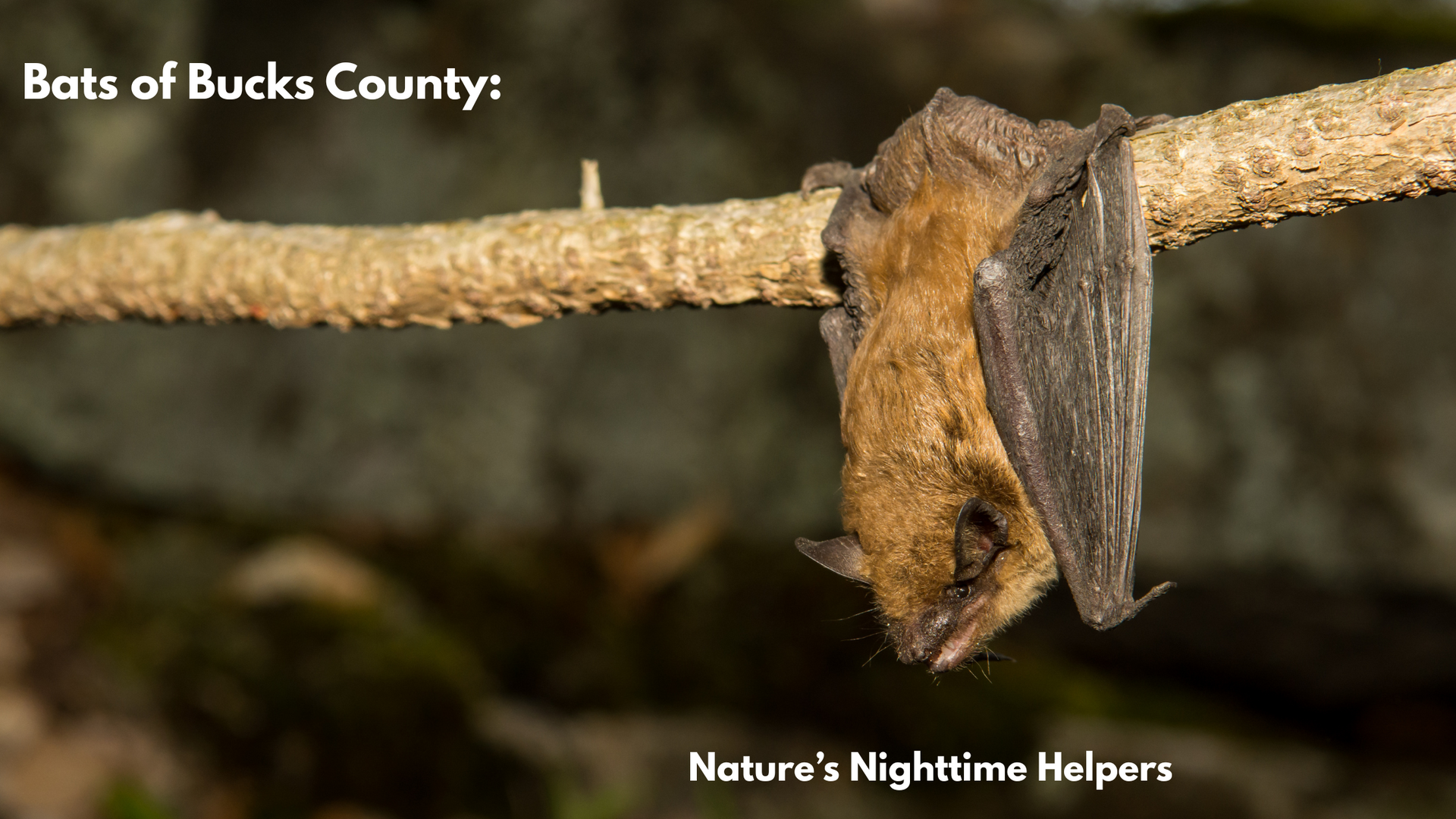Each fall, thousands of hawks, eagles, and other raptors flow through the Keystone State on their way to their overwintering grounds.

By Allison Cameron, Summer Intern
Did you know that Pennsylvania is known for being a hotspot for migrating raptors? The Keystone State is a fantastic destination for birdwatchers, especially during the fall migration season (Aug-Nov) when thousands of hawks, eagles, and other raptors make their way south. The Appalachian Mountains provide a “leading line” for the birds of prey to follow. On clear days, a column of warm air rises from the mountains, carrying any winged passengers higher into the sky. Birds of prey glide across the sky with ease by harnessing the power of rising thermal air currents. A hawk or eagle in flight may soar hundreds of feet in a matter of seconds without flapping their wings. The birds just lock their wings and glide down the mountain to capture the next thermal air current. This method allows raptor to cover enormous distances while preserving energy.
A number of hawk watches are set up along the Kittatinny Ridge, a 185-mile long unbroken chain of forested mountains that stretch from the Delaware Water Gap to the Mason-Dixon line. These include Hawk Mountain Sanctuary in Kempton and the Lehigh Gap Nature Center in Slatington. A variety of data is collected daily to monitor and study the migration patterns of raptors during their seasonal journeys. The specific data collected can vary slightly depending on the location and the organization conducting the hawk watch, but the primary focus of a hawk watch is to count and identify the raptor species that pass by. Volunteers or trained observers use binoculars and spotting scopes to tally the number of individual hawks, eagles, falcons, and vultures that fly overhead. They record the species, number of individuals, and the direction of their flight (e.g., north to south). Other data collected may include time and weather Information, behavioral observations, age and sex data, and non-raptor bird sightings.
The data collected at hawk watches is vital for tracking changes in raptor populations, understanding migration routes, and monitoring the health of various raptor species. It contributes to ongoing research efforts and helps inform conservation strategies to protect these magnificent birds. Additionally, hawk watches offer valuable opportunities for citizen scientists and bird enthusiasts to get involved in ornithological research and contribute to our knowledge of avian migration.
For more information about the hawk watch at Hawk Mountain Sanctuary, please visit https://www.hawkmountain.org/conservation-science/hawk-count




